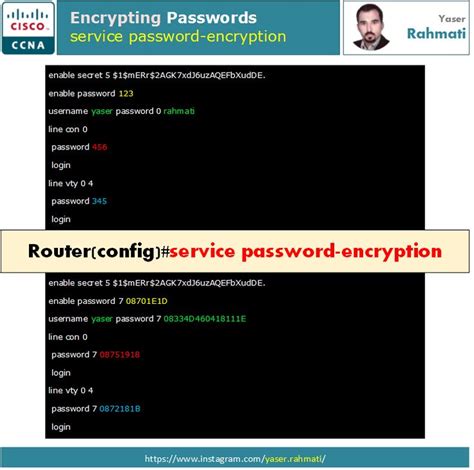Enabling Ethereum Wallet Encryption from the Command Line
The Ethereum wallet system is designed with security in mind, but sometimes you may need to take extra precautions when storing your private keys. One of the most effective ways to improve your wallet encryption is to use a command line tool to encrypt your existing wallets.
How to Enable Wallet Encryption
To enable Ethereum wallet encryption from the command line, you will need to use the eth-wallet and eth-crypto-encrypt tools. Here’s how:
- Install the necessary packages:
sudo apt-get update
sudo apt-get install -y libethereumjs-rpc-dev libecryptos-dev
- Enable the Ethereum Development Repository (DVR):
sudo dvr enable
- Run
dvr updateto download the latest DVR package:
dvr update
- Install the
eth-wallettool:
sudo apt-get install -y ethereum-tools
- Create a new crypto wallet using the command line:
eth wallet create --key-size 2048 --wallet-name MyWallet
- Set the key encryption mode to
AES-256-CBC:
eth wallet get-key --key-name MyWallet --key-size 2048 --encrypt AES-256-CBC
Which command should I use?

To encrypt a previously unencrypted wallet from the command line, you can use:
eth-wallet create --encrypt AES-256-CBCto generate and set up an encrypted key pair.
eth-wallet get-key --key-name MyWallet --encrypt AES-256-CBCto retrieve the existing key pair.
Important Notes
When using wallet encryption, it is crucial to remember that you should never share your private keys with anyone. If you need to transfer funds or manage your Ethereum account, make sure you use a secure exchange method and keep your private keys safe.
In short, enabling wallet encryption from the command line is a simple way to improve the security of your existing Ethereum wallets. By following these steps, you can set up encrypted key pairs and ensure that your private keys are protected from unauthorized access.

